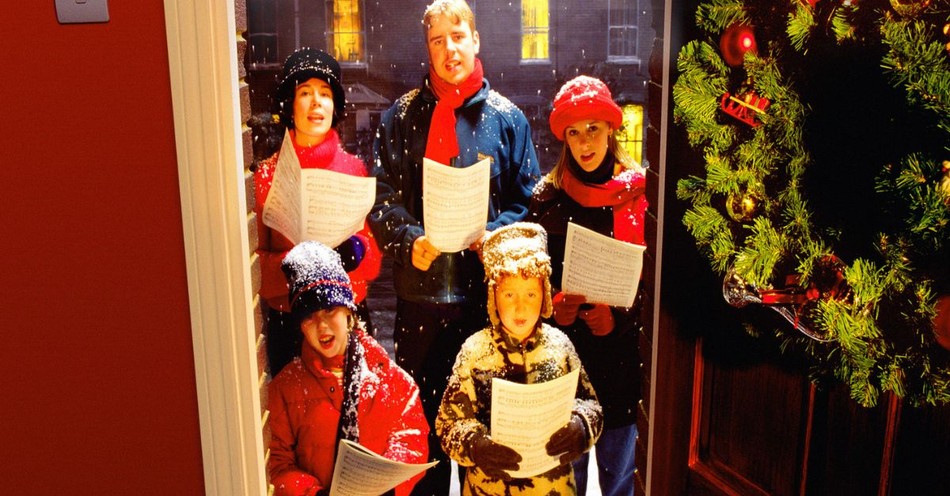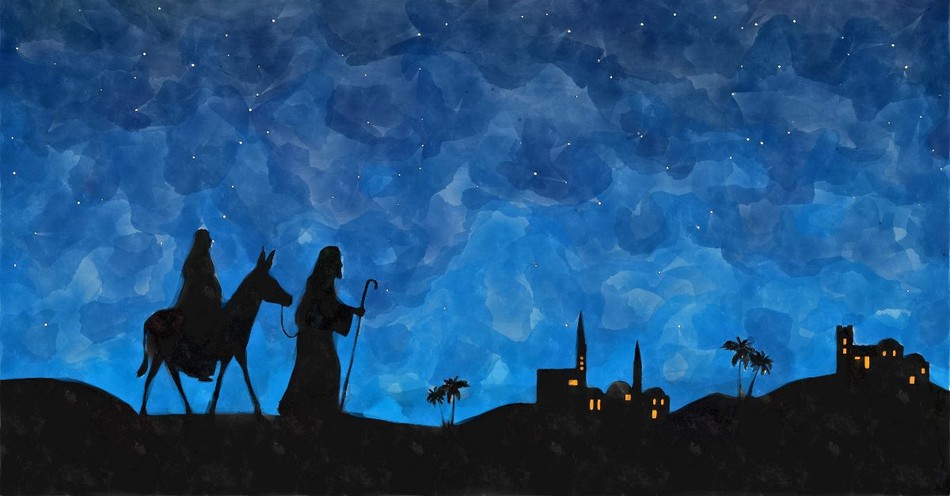Exodus 28:6-14
6 "The craftsmen must make the ephod of finely woven linen and skillfully embroider it with gold and with blue, purple, and scarlet thread. 7 It will consist of two pieces, front and back, joined at the shoulders with two shoulder-pieces. 8 The decorative sash will be made of the same materials: finely woven linen embroidered with gold and with blue, purple, and scarlet thread. 9 "Take two onyx stones, and engrave on them the names of the tribes of Israel. 10 Six names will be on each stone, arranged in the order of the births of the original sons of Israel. 11 Engrave these names on the two stones in the same way a jeweler engraves a seal. Then mount the stones in settings of gold filigree. 12 Fasten the two stones on the shoulder-pieces of the ephod as a reminder that Aaron represents the people of Israel. Aaron will carry these names on his shoulders as a constant reminder whenever he goes before the Lord . 13 Make the settings of gold filigree, 14 then braid two cords of pure gold and attach them to the filigree settings on the shoulders of the ephod.




Matthew Henry's Commentary on Exodus 28:6-14
Commentary on Exodus 28:6-14
(Read Exodus 28:6-14)
This richly-wrought ephod was the outmost garment of the high priest; plain linen ephods were worn by the inferior priests. It was a short coat without sleeves, fastened close to the body with a girdle. The shoulder-pieces were buttoned together with precious stones set in gold, one on each shoulder, on which were engraven the names of the children of Israel. Thus Christ, our High Priest, presents his people before the Lord for a memorial. As Christ's coat had no seam, but was woven from the top throughout, so it was with the ephod. The golden bells on this ephod, by their preciousness and pleasant sound, well represent the good profession that the saints make, and the pomegranates the fruit they bring forth.